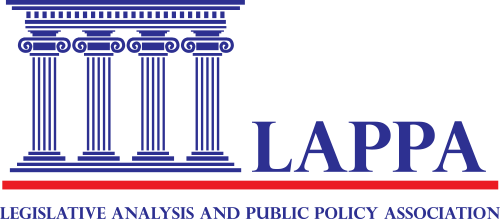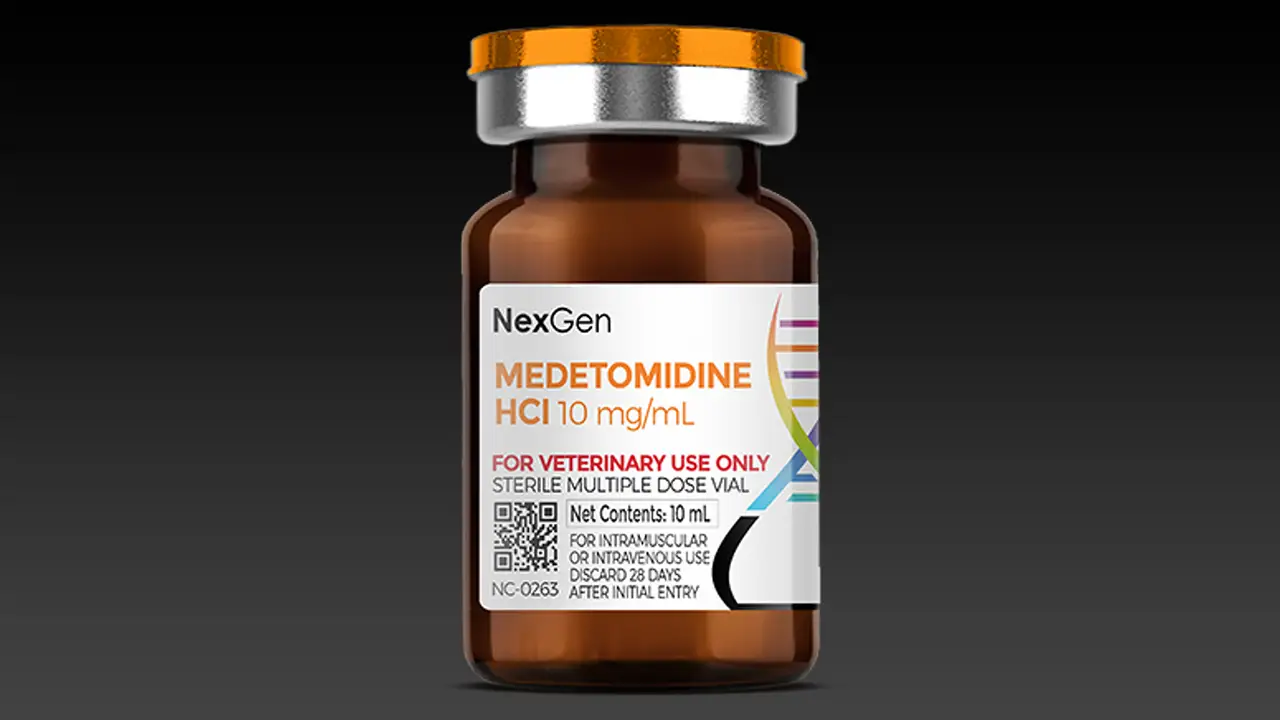To Walk in My Shoes
In 2018, the city of Chicago, IL gained an ally in the fight against fatal overdoses and substance use disorder in the non-profit organization, To Walk in My Shoes. Co-founded by Marnell Brown, a person in long term recovery, To Walk in My Shoes provides resources and support for those in need in the community. In addition to providing individuals with job skills training, including interview practice and how to write a resume, money management skills, and conflict resolution skills, To Walk in My Shoes also works to raise awareness about and provide testing for HIV/AIDS....










